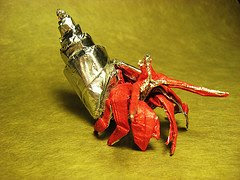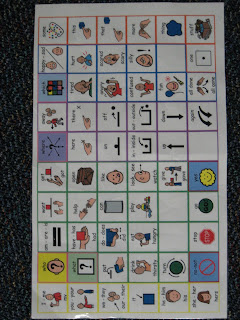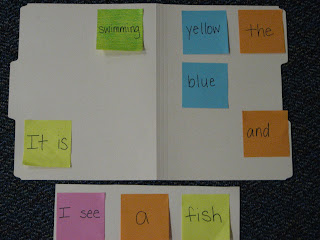
A few years ago I was in a class that focused on differentiation and levels of knowledge. One fo the strategies the instructor shared was to create a "Bloom's Box" for assignments related to an organizing theme.
A Bloom's Box helps the teacher ensure that s/he is providing instruction at both the lower levels of understanding and at the higher levels of thinking. Essentially, a table is created labeled with each level of Bloom's taxonomy and assignments are sorted into appropriate categories. It helps the teacher make sure there is a balanced experience for all learners.
I'm going to use my Bloom's Box this summer for our Water and Sea Life Unit I have planned.
You can download my Bloom's Box here.
The following is just a list of the activities included in my Bloom's Box.
Knowledge
Students will name pictures of different bodies of water. (river, lake, pond, ocean, waterfall).
Students will name pictures of actions people can do with water (wash your hands, brush your teeth, take a bath, swim, play at the water table, drink, water plants, wash cars, ski, snorkel, boating).
Students will name pictures of sea life (sea star, shark, fish, stingray, jellyfish, manatee, urchin, sea anenome, dolphin, crab, lobster).
Comprehension
Alive/Not Alive Chart
Students will sort pictures of various familiar objects, people, animals and plants on a t-chart according whether the picture is something that is alive or not alive.
Comprehension questions
Students will answer “wh” about familiar stories and classroom activities.
Wants/Needs Action Chart:
Students will sort pictures of previously learned action words into categories of actions we need and actions we want to do.
Application
Class Aquarium
After reading the no-fiction trade book, “What’s It Like to be a Fish?” using Boardmaker icons and pictures, students will create a list of items needed to create a classroom aquarium.
Class Hermit Crab Habitat
After reading the book “A House for Hermit Crab,” using Boardmaker icons and pictures, students will create a list of items needed to create a hermit crab habitat.
Analysis
Compare and Contrast
Students will compare and contrast the homes of a sea creature of their choice with their home using Boardmaker icons, pictures and a pre-made Venn Diagram.
Compare and Contrast
Students will compare and contrast what we used to make our fish aquarium and what we used to make our hermit crab habitat using Boardmaker icons, pictures and a pre-made Venn Diagram.
Synthesis
Class Aquarium
Students will use supplies generated from their lists to assemble our class aquarium.
Class Hermit Crab Habitat
Students will use supplies generated from their lists to assemble our class hermit crab habitat
Evaluation
If I could be…
Students will draw a picture of any sea creature they would want to be. They will dictate which animal they chose and why they chose it.
Water Hole
Before reading the ending to the story, students will predict what will happen to the animals and the plants if it never rains again.
Personal Needs:
Students will predict and dictate responses of what would happen if we didn’t have water to wash our hands or brush our teeth.





